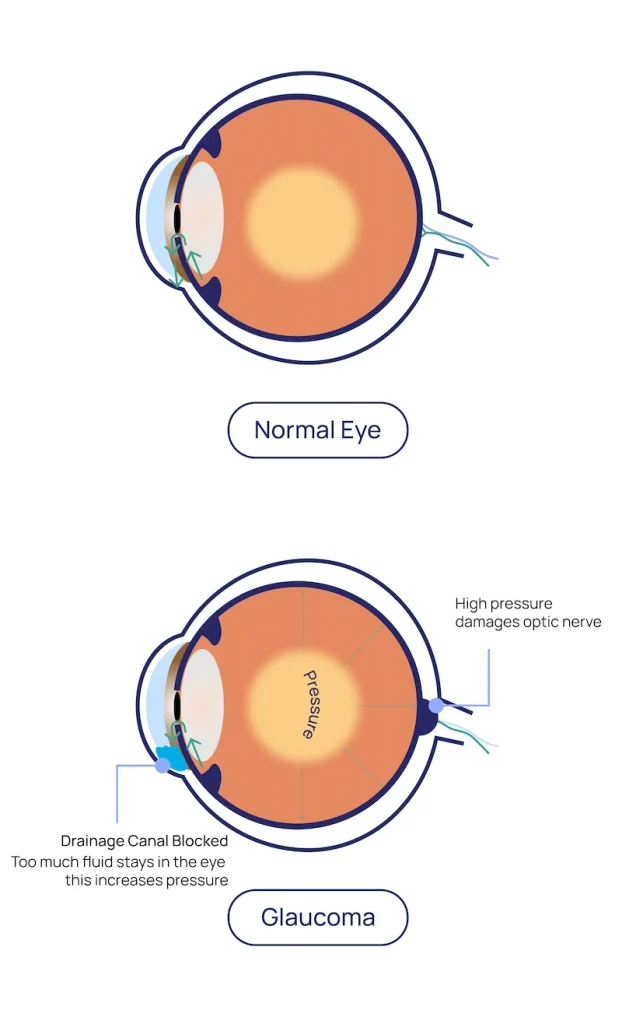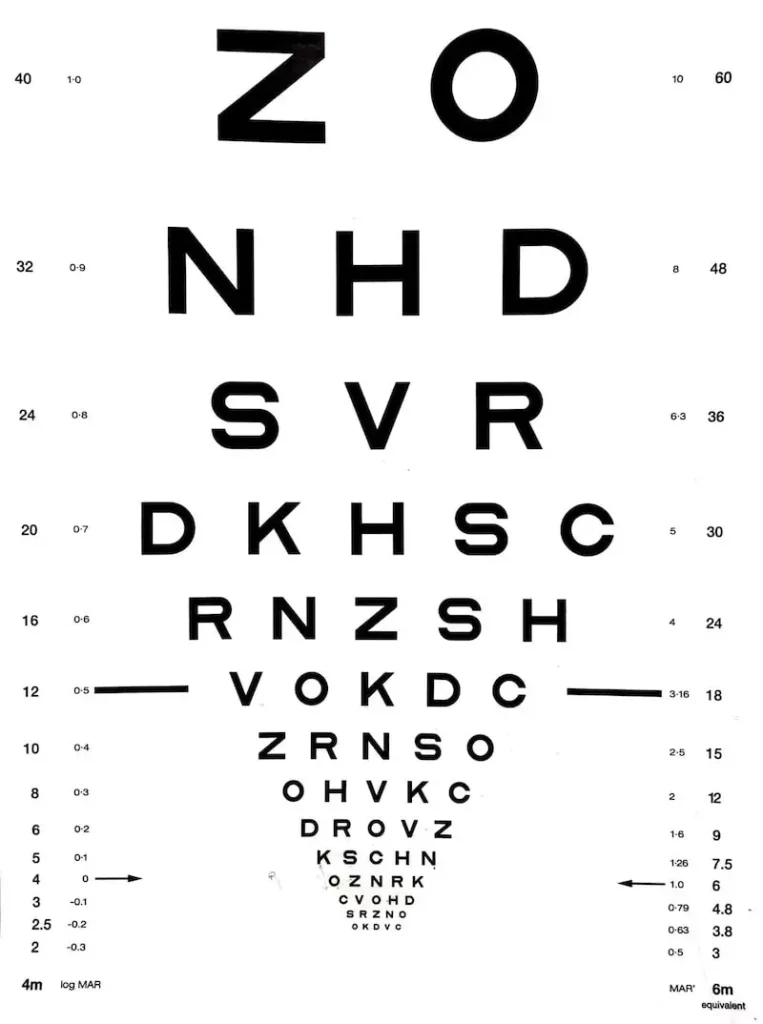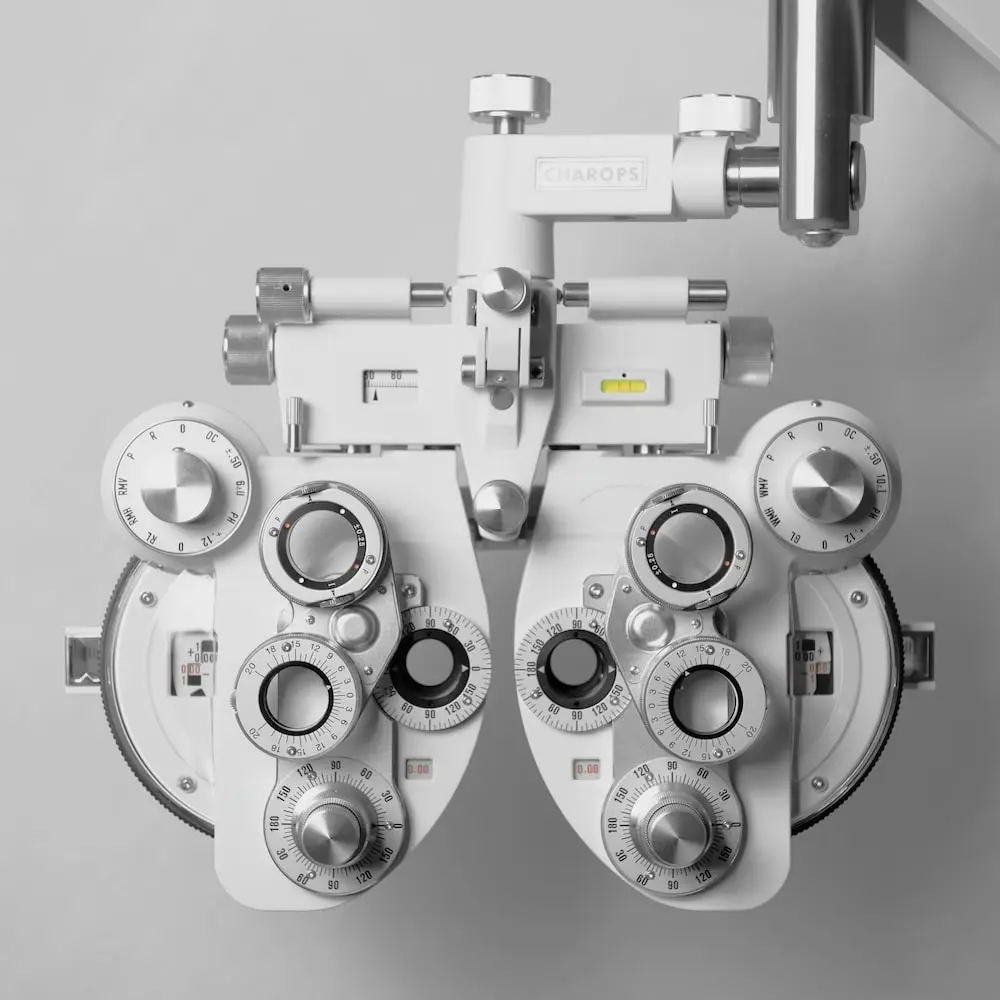
It involves a group of procedures that use small incisions to improve the eye’s natural drainage system. As a result, it helps lower intraocular pressure in glaucoma patients, making it a safe and minimally invasive solution.
Dr. Carlos Montoya MD and the team at St. Lucia Eye Center specialize in personalized glaucoma care, offering the latest procedures to help patients maintain healthy vision.


A small device is inserted into the eye to improve fluid drainage and lower eye pressure in patients with mild to moderate glaucoma. Additionally, it helps repair damage to the optic nerve.
OMNI uses a single device to treat both the trabecular meshwork and Schlemm’s canal. This improves drainage, lowers intraocular pressure, and reduces the need for eye drops.
A buildup of fluid in the eye raises pressure, which can ultimately damage the optic nerve.
Issues with the eye's drainage system can lead to fluid buildup, resulting in increased pressure.
Having a family member with glaucoma increases the risk of developing the condition.
The risk of developing glaucoma increases with age, particularly after 60.
Chronic hypertension can contribute to glaucoma due to reduced blood flow to the optic nerve.
Previous eye trauma can increase the risk of developing glaucoma.

Doctors diagnose glaucoma through eye exams, including measuring eye pressure, conducting visual field tests, and imaging the optic nerve. Afterwards, MIGS procedures like iSTENT or OMNI are used to lower eye pressure by improving fluid drainage in the eye.
It measures the pressure inside the eye, which helps in detecting glaucoma.
A non-invasive imaging technique that delivers detailed images of the retina and optic nerve.
The visual field test helps measure peripheral vision, particularly in advanced states of glaucoma.
Early detection is crucial for effective management. As a result, MIGS is an excellent treatment option for those with mild to moderate glaucoma, offering safer, faster recovery with lower complication risks. The procedures are often performed in combination with cataract surgery.


Early glaucoma detection improves the effectiveness of MIGS in preventing further vision loss.
Glaucoma can impact peripheral vision, eventually making it unsafe to drive in its advanced stages.
Regular monitoring and follow-up are important for managing glaucoma, even so after MIGS.
The procedures involve small incisions, leading to a quicker recovery compared to traditional glaucoma surgery.
MIGS utilizes microscopic instruments and small incisions, which reduces the need for larger, more invasive surgeries.
Particularly beneficial for patients with mild to moderate glaucoma, offering a lower-risk option than traditional surgery.
Ready to see the world more clearly? Call us today or book an appointment online. Our bilingual team is ready to assist you in Spanish or English.
Sign up for our newsletter to find out about our latest news and promotions.